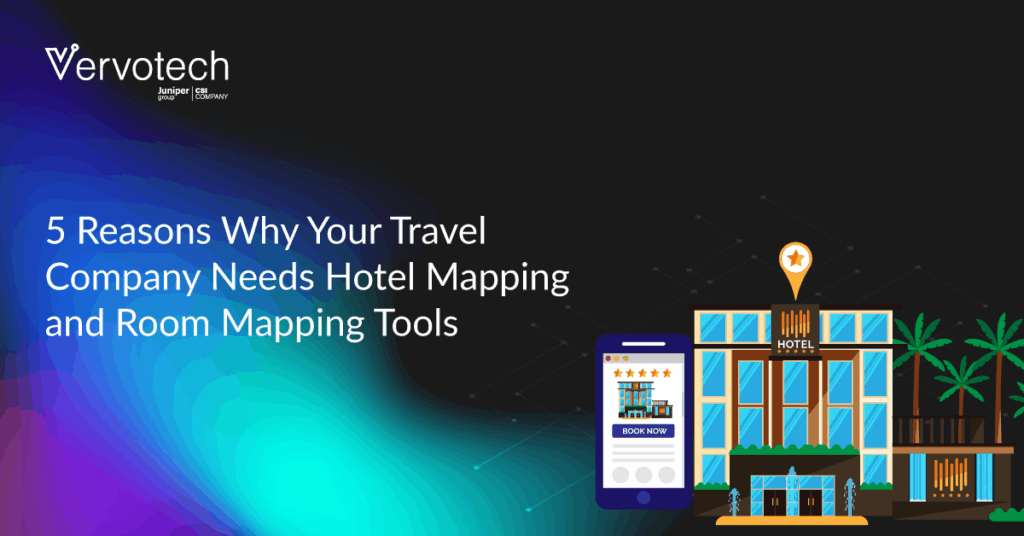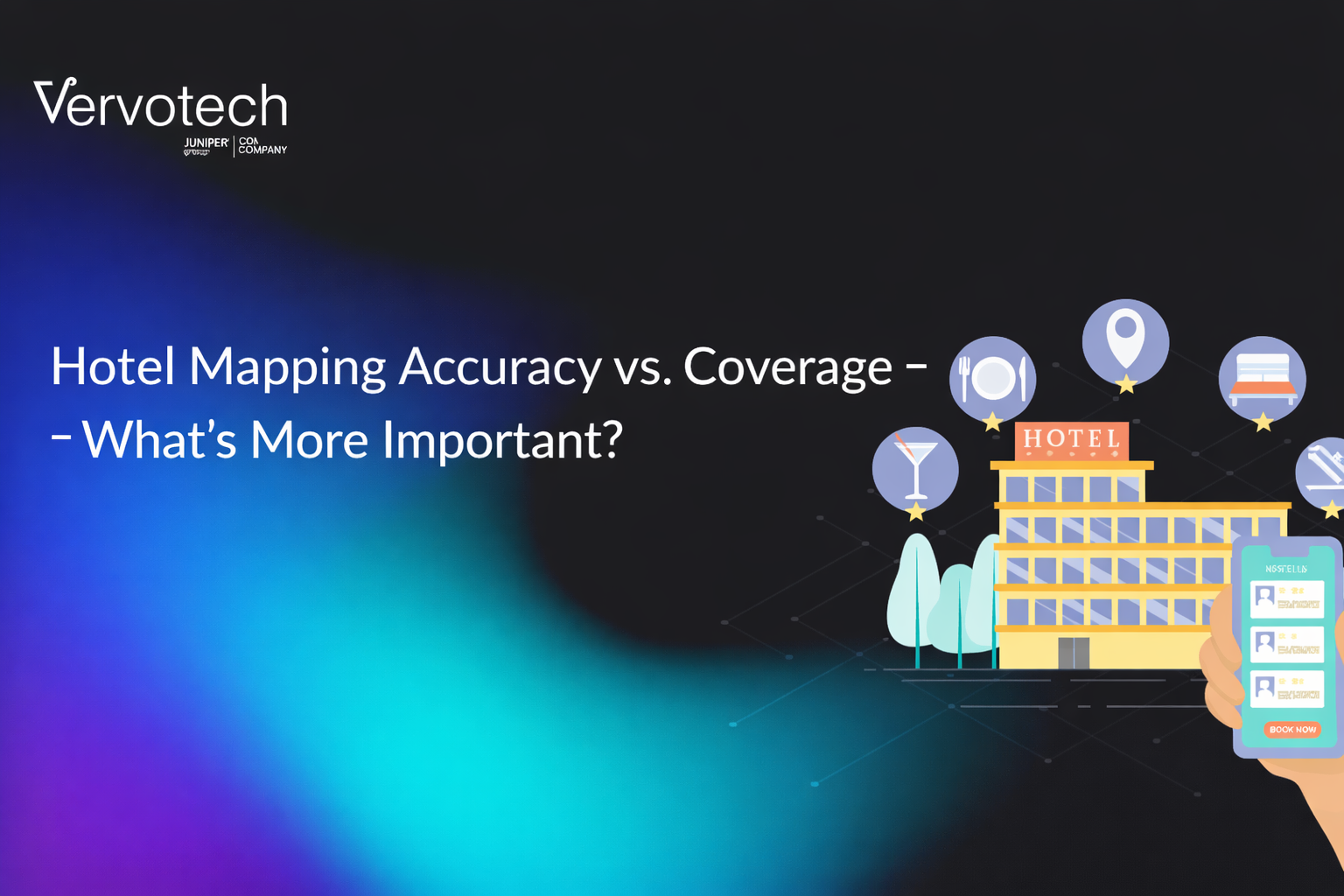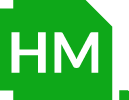Are you an OTA or hotel distributor? Do you end up paying a refund to your customer by selling the wrong hotel or room due to duplicate, wrong, or poor inventory descriptions? If yes, then you need to understand hotel and room mapping.
Currently, the accommodation segment of the hospitality industry relies on multichannel distribution to gather hotel data. Different accommodation providers, such as metasearch, OTAs, tour operators, bed banks, consolidators, intermediaries, and suppliers, display the unique names of the exact same hotel or room, leading to duplication and a bad customer experience. This ongoing industry-wide challenge can be solved through hotel and room mapping tools.
Hotel mapping tool aggregates data of various hotel properties from different sources, resulting in standardized and unified hotel data. Some of the hotel data includes the hotel name, hotel address, geocodes, property type, hotel images, etc.
Whereas the room mapping tool works in a similar fashion to hotel mapping. It intelligently analyzes, identifies, and sorts multiple rooms sent by different suppliers via various parameters such as room type, amenities, bed type, description, policy, etc., so that the same room does not get listed on your portal twice.
Let’s dive into why your travel company needs hotel and room mapping tools.
Also Read – Room Mapping Technology for Online Travel Businesses- Solutions, Need & Benefits
TL; DR
-
Duplicate hotel and room listings hurt UX and conversions; mapping tools fix this by standardizing data.
-
Mapping removes outdated or incorrect content, ensuring your listings are always fresh and reliable.
-
Travel businesses often miss out on 30–40% of their inventory due to unmapped hotels; mapping unlocks full coverage.
-
Room mapping ensures accurate room type, amenity, and policy info; no more double listings of the same room.
-
Mapping gives you control over how your hotel data appears across multiple distribution channels.
-
Automated mapping improves operational efficiency by reducing manual errors and saving time.
-
With better content quality and consistency, mapping tools drive customer trust, retention, and revenue.
Why is Hotel Mapping & Room Mapping Important for Travel Businesses
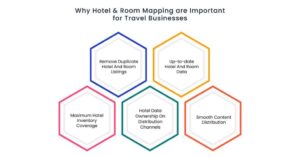
Here are five reasons why any business that sells hotels or rooms should invest in hotel and room mapping tools.
#1 Remove duplicate hotel and room listings
When tour operators or OTAs source hotel data from more than one supplier or distribution partner, there is a possibility of duplicate hotel data and inconsistent hotel listings. This duplication issue can hurt your travel business and end-user experience. To solve this, every travel business must invest in hotel mapping software.
Automated hotel-level mapping tool delivers standardized hotel data for each property and removes duplicate listings from your hotel inventory. Similarly, room-level mapping provides enriched room content, both descriptive and illustrative, with zero duplicates.
Recommended: Hotel Data Duplication: How To Solve The Growing Challenge For Hospitality Industry
#2 Up-to-date hotel and room data
Did you know your travel platform could be selling stale hotel content that could impact your business and customer experience?
Stale content majorly occurs when you don’t keep up with the constant changes that hoteliers make, such as room availability, address changes, new upgrades in amenities, etc. The ideal way to optimize hotel and room data is through mapping tools. Hotel and room mapping removes outdated and incorrect information and provides an up-to-date hotel property list and room content. This will ensure that your platform has the freshest content for your customers, enhancing your customer retention and brand loyalty.
#3 Maximum hotel inventory coverage
Did you know that OTAs, tour operators, sell only 60% of the hotel inventory? This results from unmapped hotel inventory, leading to business loss and missed booking opportunities. Hotel and room mapping gives you a business advantage to sell hotel inventory that was previously out of sight to customers. Currently, leading mapping providers offer maximum hotel coverage of 98%.
#4 Hotel data ownership on distribution channels
As an accommodation provider, it’s easy to lose ownership of your data in the swarm of multichannel distribution. But with the implementation of hotel and room mapping, you instantly regain control over how your data is showcased on distribution channel websites or portals. Mapping ensures that any change in your property listings is instantly reflected in the master database of the distribution partners. This way, irrespective of how often your data is distributed, you have complete ownership of your hotel and room data.
#5 Smooth content distribution
Due to the fragmentation of distribution channels, it becomes difficult for travel businesses to distribute hotel and room content efficiently. This causes data inconsistency, data unavailability, data loss, and stale data. The good news is that hotel and room mapping simplify hotel content distribution smartly, letting travel businesses focus on revenue-generating tasks and business-critical functions.
As a travel business, you must have hotel and room mapping in your distribution strategy. Without mapping, your platform might have duplicate listings, inaccurate data, and stale information, which can directly lead to revenue leakage, impact your customer booking experience, and put your brand reputation at stake. It’s time to leverage technology, make mapping part of your business strategy, and deliver a frictionless end-user experience.
Frequently Asked Questions (FAQs)
1. What is hotel mapping, and how does it work?
Hotel mapping is the process of matching and standardizing hotel data from multiple suppliers to avoid duplicate listings and ensure consistency across platforms. It uses algorithms to unify data points like hotel name, address, geocodes, and property type.
2. What is room mapping, and why is it important?
Room mapping organizes and standardizes room-level data (e.g., room type, amenities, policies) from various sources to avoid listing the same room multiple times under different names. It ensures clarity and improves booking accuracy.
3. How does poor hotel or room data impact customer experience?
Inaccurate or duplicate listings can confuse users, lead to booking the wrong property or room, and result in refunds or cancellations, ultimately damaging customer trust and satisfaction.
4. Can mapping help reduce operational costs?
Yes, automated hotel and room mapping reduces manual data processing, minimizes errors, and decreases refund or cancellation rates—saving both time and money.
5. What kind of businesses benefit most from hotel and room mapping?
OTAs, tour operators, bed banks, and any travel business dealing with hotel inventory from multiple sources benefit from mapping tools.
6. How often should hotel and room data be updated?
Ideally, hotel and room data should be updated in real-time or at frequent intervals to reflect changes in availability, amenities, or policies—something mapping tools can help automate.
